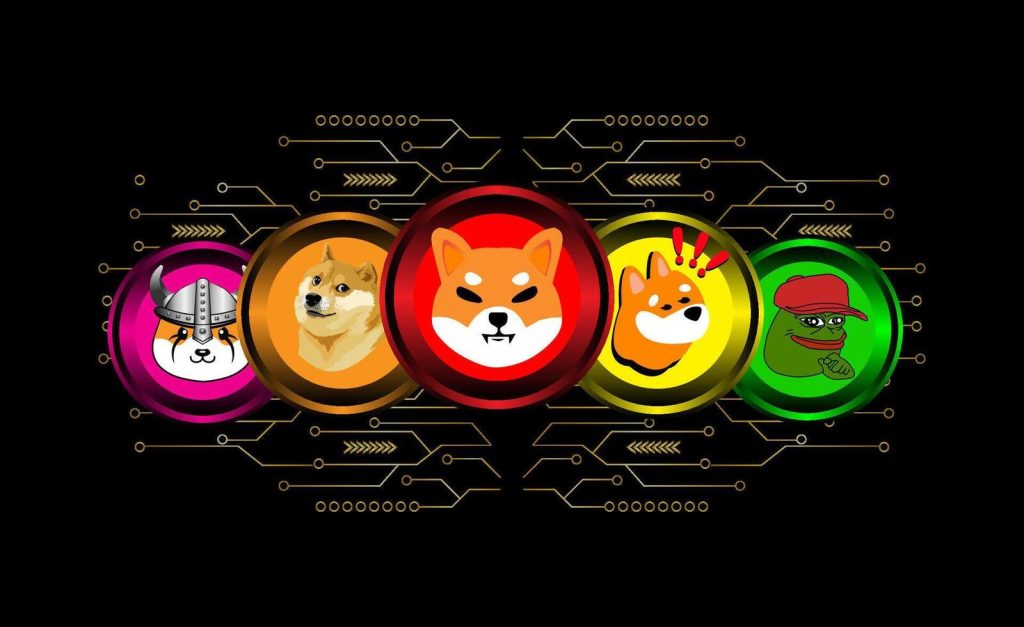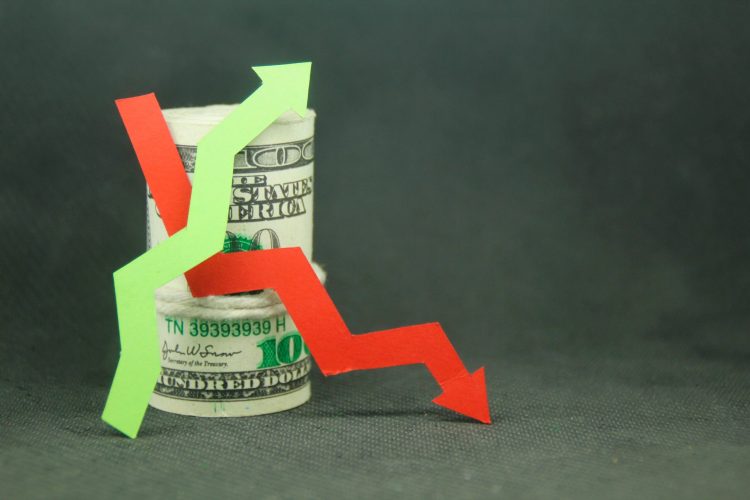In a year that saw inflation concerns, AI mania, and geopolitical tremors dominate market headlines, one of the most unexpected comebacks came from a familiar, chaotic corner of the stock market—meme stocks. After a lull that stretched from late 2021 through 2024, retail traders reignited their enthusiasm in early 2025. GameStop, AMC, and a new generation of internet favorites staged dizzying rallies, driven not by fundamentals but by narrative, momentum, and online coordination. Now that the dust is settling, investors are asking the critical question: is this another fleeting bubble or the beginning of a lasting transformation in market dynamics?
What Sparked the 2025 Meme Stock Revival?
Several catalysts aligned to reignite interest in meme stocks. First, retail trading platforms saw a surge in new account openings at the start of 2025, coinciding with stimulus policies aimed at easing consumer strain during a period of stagflation risks. This influx of fresh traders echoed the 2021 phenomenon where pandemic lockdowns and stimulus checks fueled speculative behavior.
Second, the return of Keith Gill, better known as “Roaring Kitty,” sparked a viral wave of nostalgic enthusiasm. His reappearance on social media after years of silence was timed with a sharp jump in GameStop shares. The move acted as a psychological trigger for a generation of traders who had been waiting for a symbol to rally around. Within days, message boards like Reddit’s WallStreetBets, Discord servers, and X (formerly Twitter) were flooded with coordinated buying strategies and meme-laced optimism.
Third, short interest in some of these legacy meme names remained elevated, setting the stage for another classic short squeeze. With hedge funds and institutional players still betting against fundamentally weak companies, retail traders saw an opportunity to repeat the playbook of squeezing short sellers and capitalizing on volatility.
From Nostalgia to Strategy: A New Breed of Meme Traders
The 2025 revival isn’t just a carbon copy of the 2021 meme frenzy. What’s different this time is that many retail investors are more experienced, more data-savvy, and more strategic. This new wave of meme traders blends humor and high-risk behavior with advanced analytics, using real-time options data, short interest ratios, and AI-powered sentiment analysis tools to make decisions. Meme stocks are no longer just lottery tickets—they’re becoming speculative vehicles with tactical nuance.
Moreover, the retail investing ecosystem is more mature. Platforms now offer fractional options, community tools, and embedded education features. Finfluencers, live streamers, and YouTube analysts provide constant market commentary, making meme stock movements feel like participatory entertainment more than passive investing. This democratized information flow creates a feedback loop of hype, volatility, and action.
Winners and Losers in the New Meme Market
While GameStop and AMC once again grabbed headlines, the 2025 meme surge included a more diversified list of names. Tupperware, BlackBerry, Nikola, and Faraday Future saw dramatic gains, but with varied levels of staying power. New entrants like TruthSocial (following its volatile public debut) and struggling AI startups also joined the meme mania club.
Interestingly, this year’s meme wave also included some profitable and viable businesses. Companies with modest fundamentals but big narratives—like Palantir (AI data), Lemonade (disruptive insurance), and Plug Power (hydrogen energy)—became targets not just for short squeezes, but for speculative belief in future disruption.
On the flip side, several meme stocks failed to sustain rallies. Once-beloved names like Bed Bath & Beyond, which previously restructured, lacked the liquidity or retail momentum to stage a real comeback. Some penny stocks saw rapid spikes followed by complete collapses, leaving late entrants holding the bag.
The Options Market: The New Meme Engine
If meme stocks are rockets, then options contracts are their fuel. In 2025, retail traders are using zero-day options (0DTEs) at unprecedented rates. These short-dated contracts offer massive upside potential for a small premium, turning stocks like GameStop into volatility-driven slot machines. When millions of traders buy bullish call options, it forces market makers to hedge by purchasing the underlying stock—creating a gamma squeeze that drives prices even higher.
This dynamic has made meme stock rallies shorter, sharper, and more prone to violent reversals. The options volume in meme stocks often exceeds their underlying shares, creating a feedback loop where price moves are detached from any company-specific news. It’s trading gamified, with risks magnified.

Can Fundamentals Catch Up? Or Will Gravity Win?
For meme stocks to transition from speculative trades to legitimate long-term holdings, they need to show some level of operational improvement. GameStop’s efforts to shift toward e-commerce, AMC’s experimentation with crypto and live events, and Palantir’s push into government AI contracts are all attempts to build real businesses.
But profitability remains elusive for most meme names. Ballooning debt loads, shrinking cash reserves, and deteriorating core businesses mean that many of these companies are fundamentally weaker than their share prices suggest. The longer their valuations stay inflated without earnings to back them up, the more vulnerable they are to collapse when retail sentiment fades.
Institutional investors have largely stayed on the sidelines, with some short sellers re-entering the battlefield. Their argument remains consistent: meme stocks are sentiment-driven distortions, not legitimate investment cases. Still, a few hedge funds have begun to adapt—using AI tools to track meme sentiment and even going long in the early stages of new rallies.
The Regulatory Overhang: Will the SEC Step In?
Following the events of 2021, regulatory bodies like the SEC pledged to review the mechanics of meme stock trading. In 2025, that conversation has resurfaced. There’s growing concern over gamification, social media manipulation, and the risks posed by 0DTE options. While no sweeping reforms have yet been implemented, discussions around market volatility and retail investor protection are heating up again in Washington.
At the same time, retail investors are pushing back against what they see as overreach. Many view attempts to regulate meme stock behavior as a threat to their newfound influence and market access. This ideological battle between decentralized traders and centralized oversight could shape the next phase of the meme stock movement.
What Happens Next? Scenarios for Meme Stocks in 2025 and Beyond
Several possible paths lie ahead. In one scenario, meme stocks fizzle out again as retail enthusiasm wanes and macro pressures reassert themselves. Rising interest rates, stagflation, or geopolitical shocks could drain liquidity and crush high-beta trades.
In a more optimistic scenario, select meme stocks successfully pivot their business models and justify their valuations. This would mark a rare moment where narrative-driven trading leads to tangible business turnarounds. It’s not impossible—but it’s rare.
The most likely outcome? Meme stocks remain a recurring feature of the market, flaring up during windows of excess liquidity, social media coordination, or unusual market catalysts. They may never be safe long-term bets, but they will continue to offer asymmetric payoff opportunities—for better or worse.
How Should Investors Navigate the Meme Terrain?
If you’re a retail investor caught between FOMO and fear, the best approach is clear-eyed risk management. Meme stocks can offer big upside—but they are not investments in the traditional sense. They are trades, often driven by sentiment rather than substance.
Use position sizing, stop-loss orders, and options hedging if you engage with meme names. Avoid overexposure and remember that past gains are not indicators of future performance. Watch social sentiment indicators, options volume, and short interest to anticipate volatility.
For longer-term investors, meme stocks may be best left out of core portfolios. But that doesn’t mean ignoring them entirely. Their cultural and financial relevance means they can move broader markets and even influence regulatory frameworks. Understanding their behavior is key to managing risk in a modern, internet-fueled market.
Conclusion: Meme Stocks Are a Mirror of Our Times
More than anything, meme stocks are a reflection of a market transformed by technology, social media, and retail empowerment. They embody hope, rebellion, speculation, and storytelling—all wrapped into ticker symbols and candlestick charts. Whether they rise or fall, meme stocks are here to stay as a cultural force. But navigating their volatility requires clarity, discipline, and a willingness to see past the memes and into the mechanics.














































